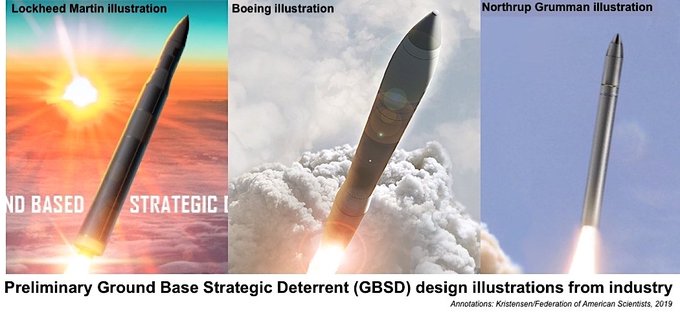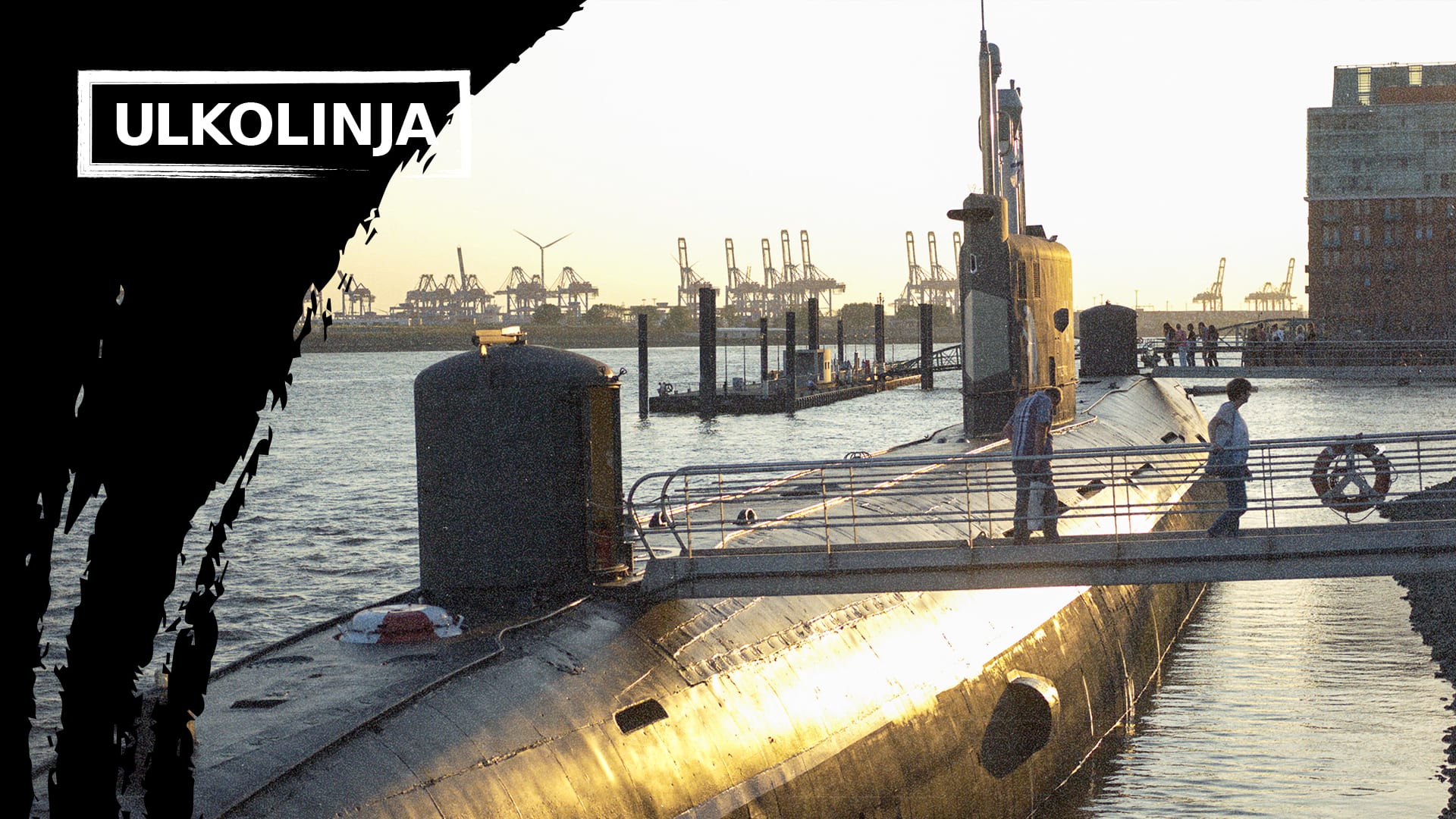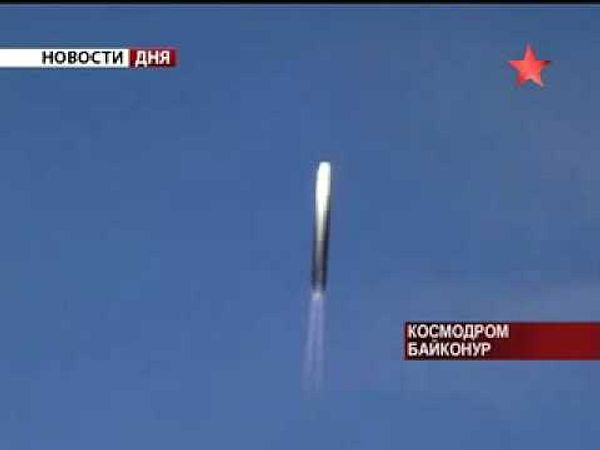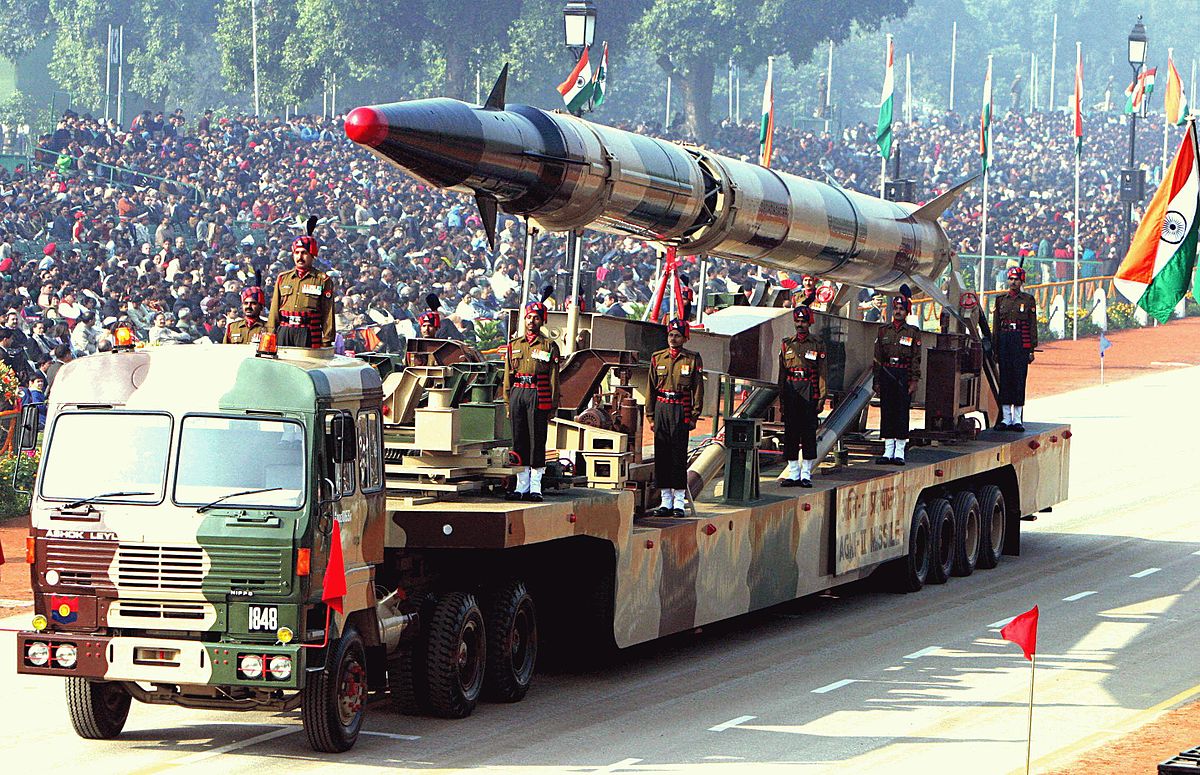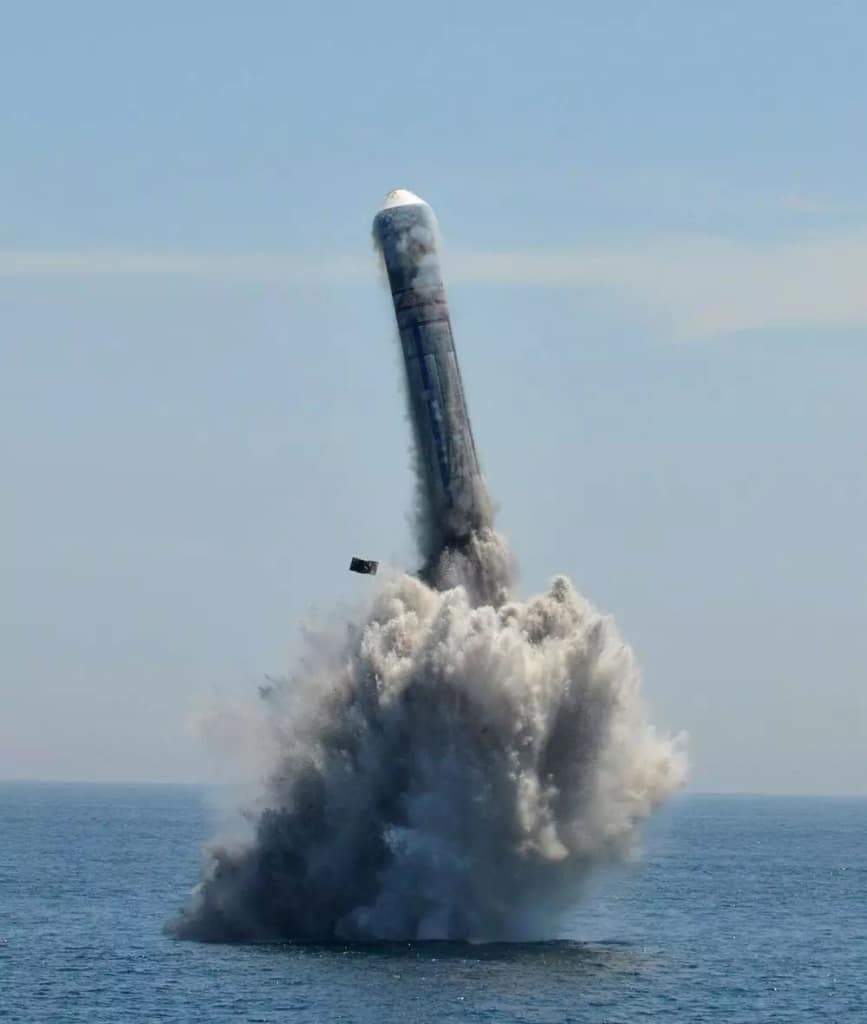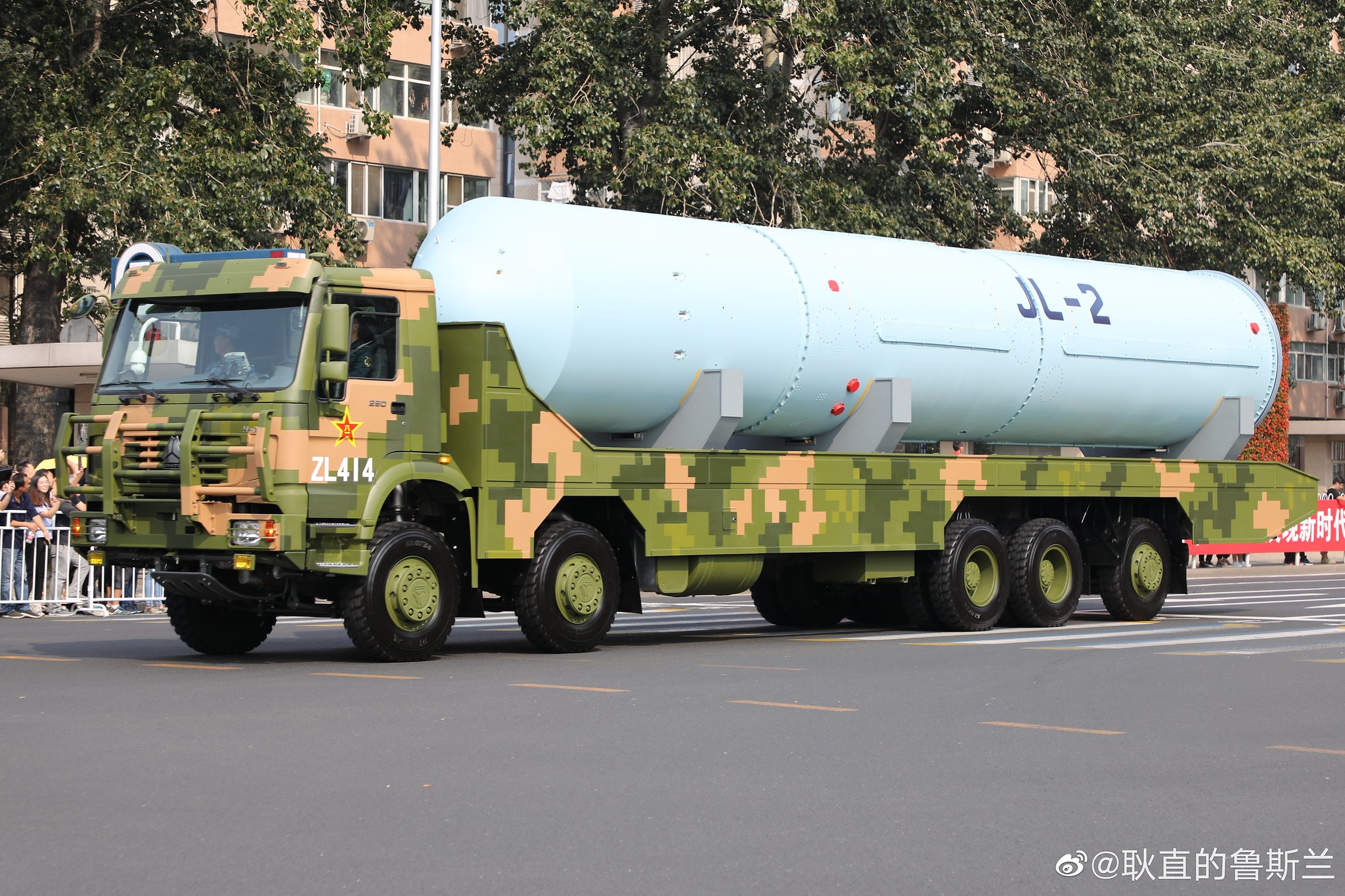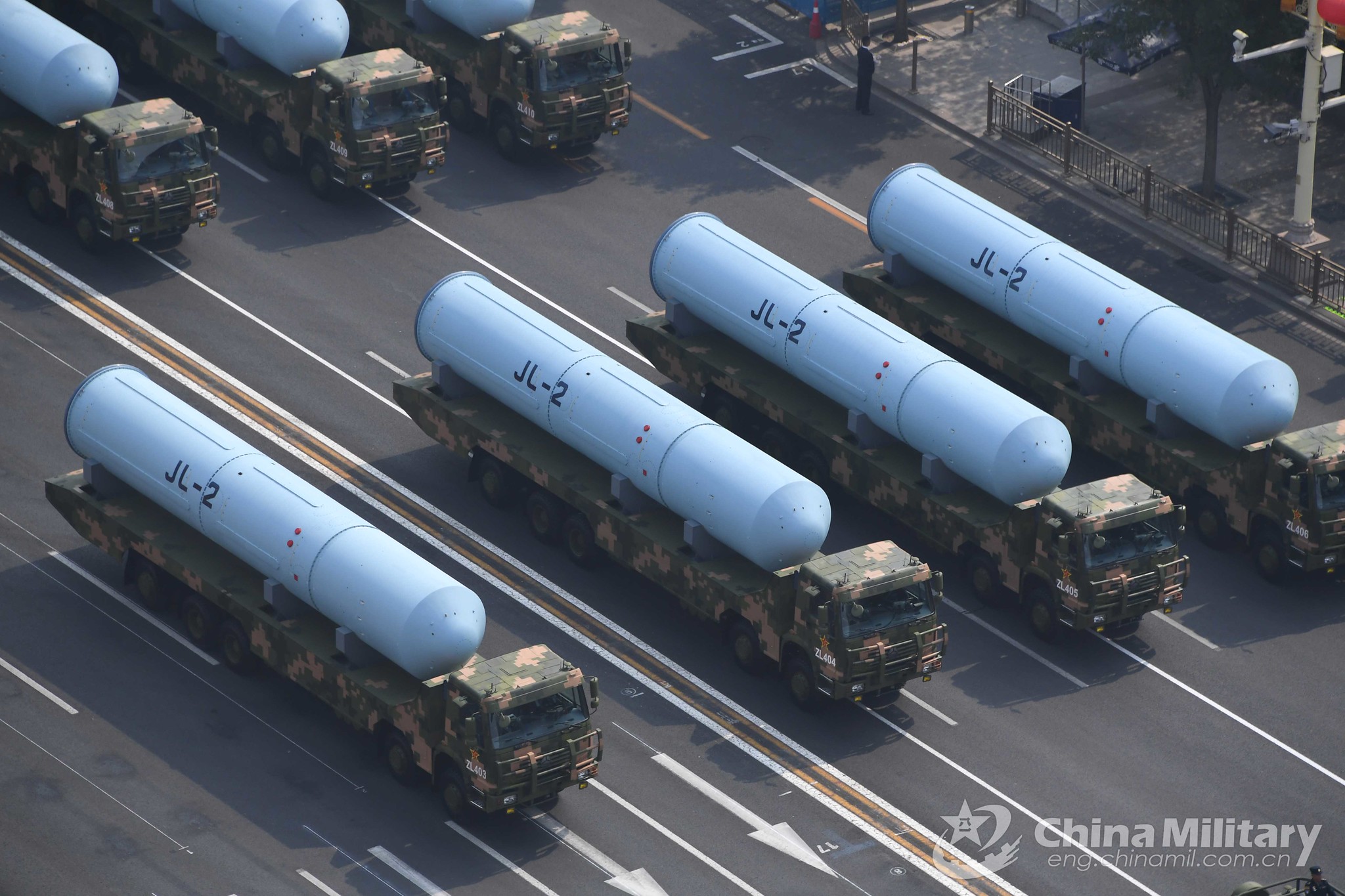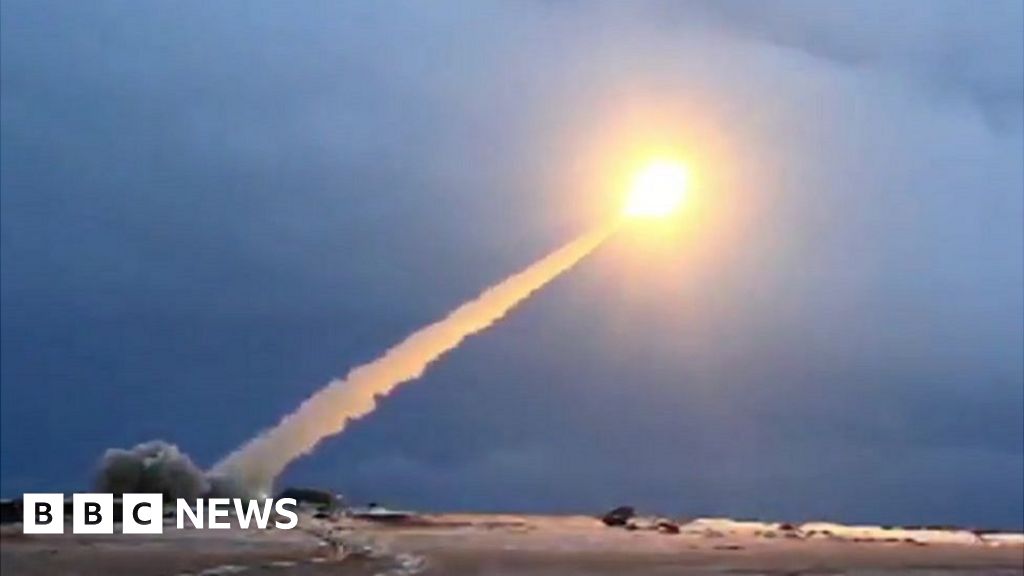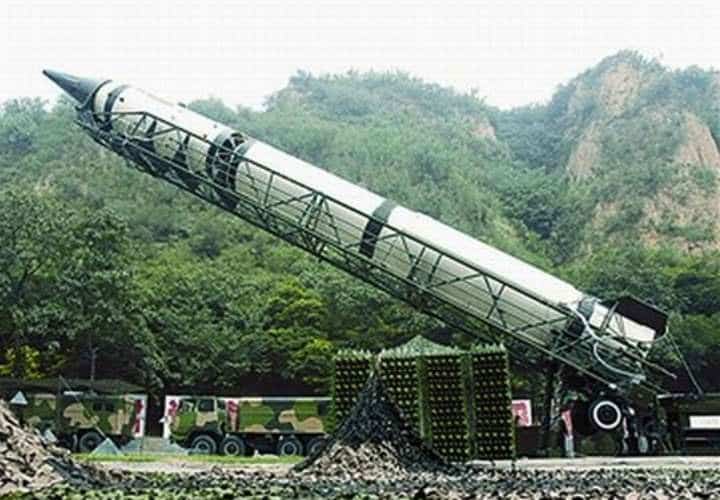Nojatuolistrategi
Ylipäällikkö
Oli synkkä ja pimeä yö, kun ilotulitus alkoi.
https://www.verkkouutiset.fi/ydinsodan-synkka-simulaatio-nain-kavisi-suomelle/
Taktisten ydinaseiden käytöstä Euroopassa alkava Venäjän ja Yhdysvaltojen ydinsodaksi eskaloituva konflikti tappaisi yli 90 miljoonaa ihmistä jo ensimmäisten tuntien aikana, simulaatiossa arvioidaan.
Princetonin yliopiston tieteen ja globaalin turvallisuuden ohjelman (SGS) johtaja, fysiikan tohtori Alexander Glaserin johdolla laaditusta arviosta on tuotettu alla näkyvä video. Se perustuu itsenäisiin arvioihin amerikkalaisten ja venäläisten ydinaseiden sijoittelusta, sotasuunnitelmista ja kohteista. Käytettyä aineistoa kuvataan kattavaksi. Siinä on huomioitu molemmilla puolilla käytössä olevat ydinaseet ja niiden todennäköisimmät kohteet sekä missä järjestyksessä ja millä tavoilla minnekin iskettäisiin.
Uhrilukujen arvioinnissa on käytetty ydinaseasiantuntija, professori Alex Wellersteinin Nukemap-sivuston tuottamaa dataa. SGS:n kotisivuilla kerrotaan, että uhrimäärät perustuvat pelkkiin räjähdyksiin ja nousevat huomattavasti, jos arvioon lasketaan mukaan laskeuman ja muiden pitkäaikaisten vaikutusten aiheuttamat kuolemat.
Kolmivaiheinen simulaatio kuvaa, kuinka ydinsota kehittyisi taktisesta vaiheesta strategiseen ja siitä edelleen kokonaisiin kaupunkeihin kohdistuviin iskuihin.
Suomen kannalta arvio on synkkä. Ohjuksia lentäisi jatkuvasti Suomen yli ja jo alun taktisessa vaiheessa ohjuksia ammuttaisiin Suomen etelärannikolle ja itärajalle. Myös Baltiaan kohdistuisi suuret määrät iskuja. Suomi ei myöskään välttäisi lukuisiin Suomen ja Venäjän rajalla sijaitseviin kohteisiin kohdistuvien iskujen vaikutuksia. Tilanne pahenisi entisestään strategisessa ja kaupunkeihin kohdistuvissa vaiheissa. Tässä kohtaa ydinkärjet olisivat suurempia ja tuho laajempaa.
https://www.verkkouutiset.fi/ydinsodan-synkka-simulaatio-nain-kavisi-suomelle/

